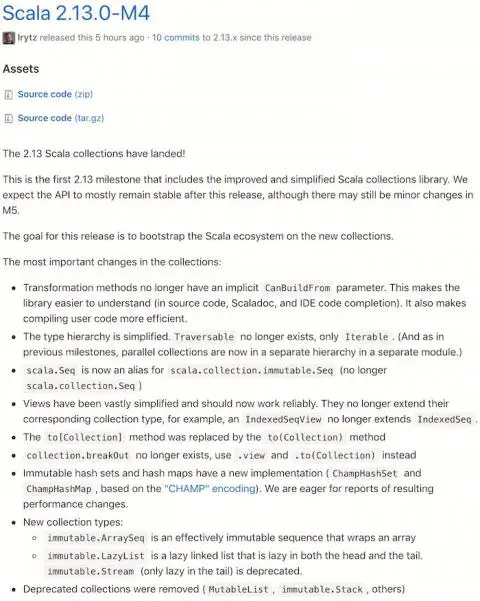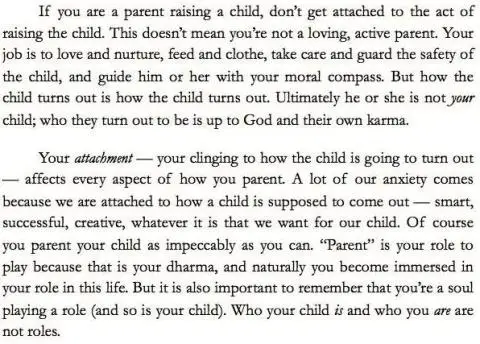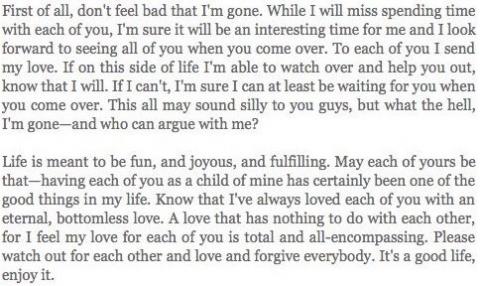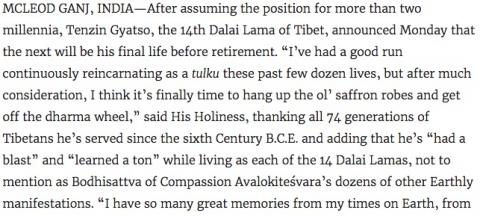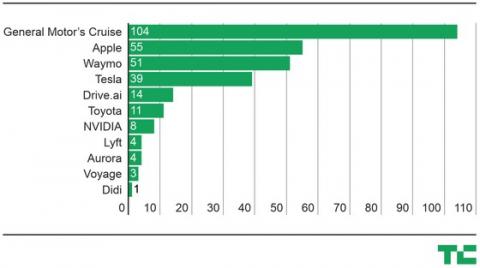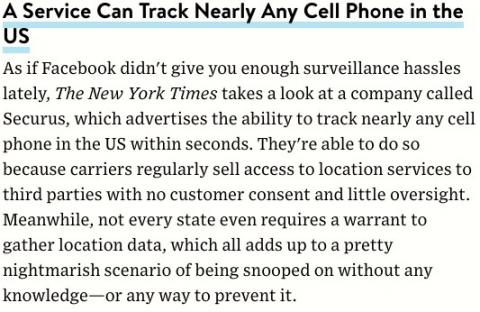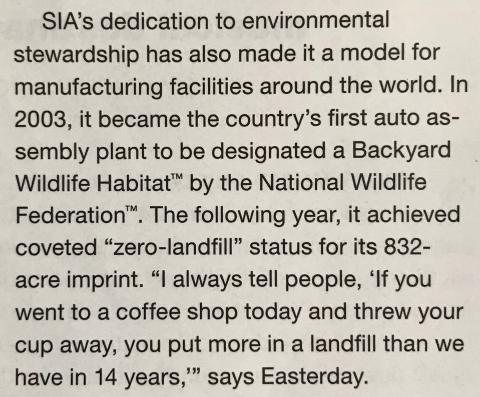“When Yahoo bought Viaweb, they asked me what I wanted to do. I had never liked the business side very much, and said that I just wanted to hack. When I got to Yahoo, I found that what hacking meant to them was implementing software, not designing it. Programmers were seen as technicians who translated the visions (if that is the word) of product managers into code.
This seems to be the default plan in big companies. They do it because it decreases the standard deviation of the outcome. Only a small percentage of hackers can actually design software, and it’s hard for the people running a company to pick these out. So instead of entrusting the future of the software to one brilliant hacker, most companies set things up so that it is designed by committee, and the hackers merely implement the design.
If you want to make money at some point, remember this, because this is one of the reasons startups win. Big companies want to decrease the standard deviation of design outcomes because they want to avoid disasters. But when you damp oscillations, you lose the high points as well as the low. This is not a problem for big companies, because they don’t win by making great products. Big companies win by sucking less than other big companies.
So if you can figure out a way to get in a design war with a company big enough that its software is designed by product managers, they’ll never be able to keep up with you ... The place to fight design wars is in new markets, where no one has yet managed to establish any fortifications. That's where you can win big by taking the bold approach to design, and having the same people both design and implement the product. ”
~ I hope to write more about this at some point, but for now this is a long quote from a Paul Graham blog post titled, Hackers and Painters
